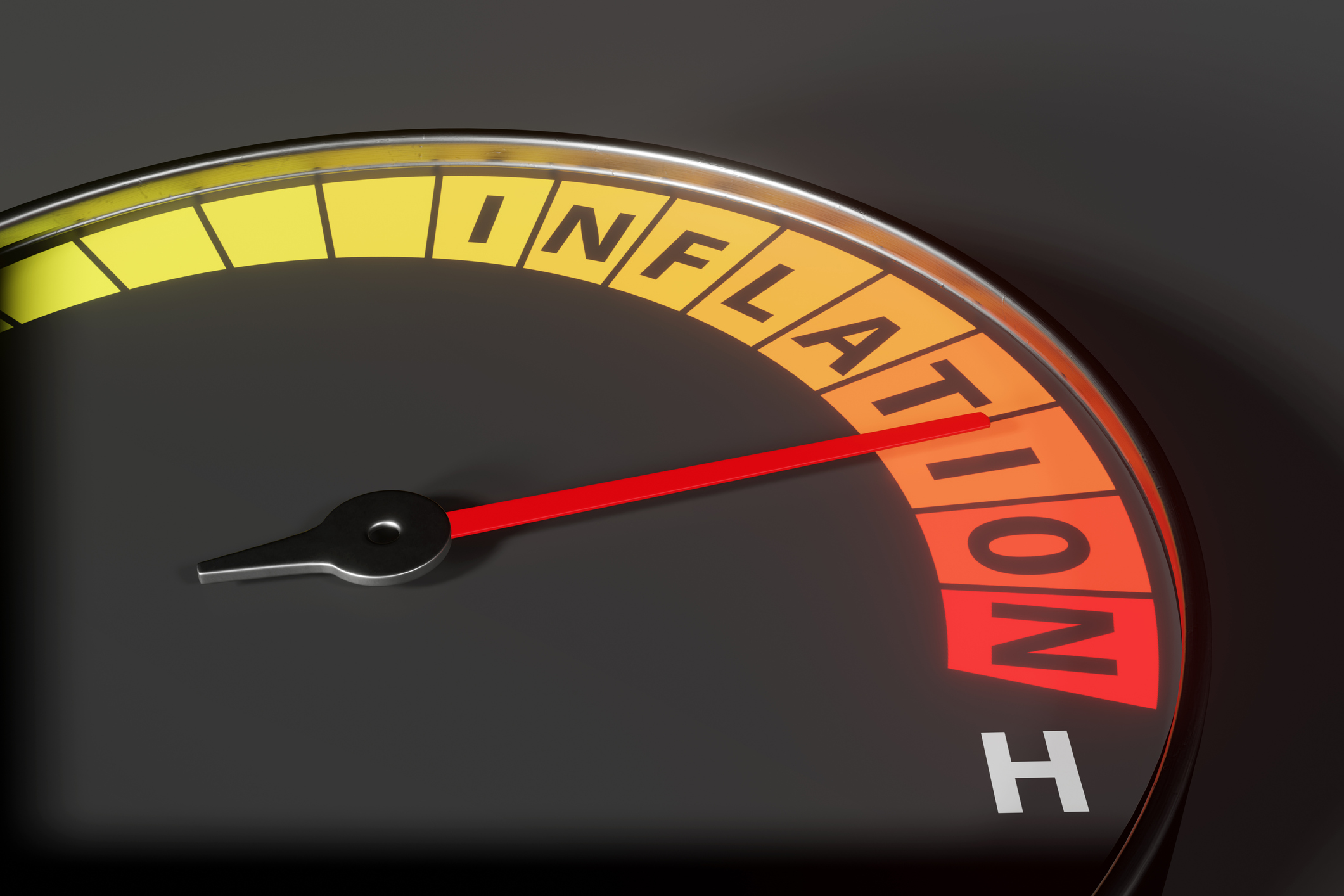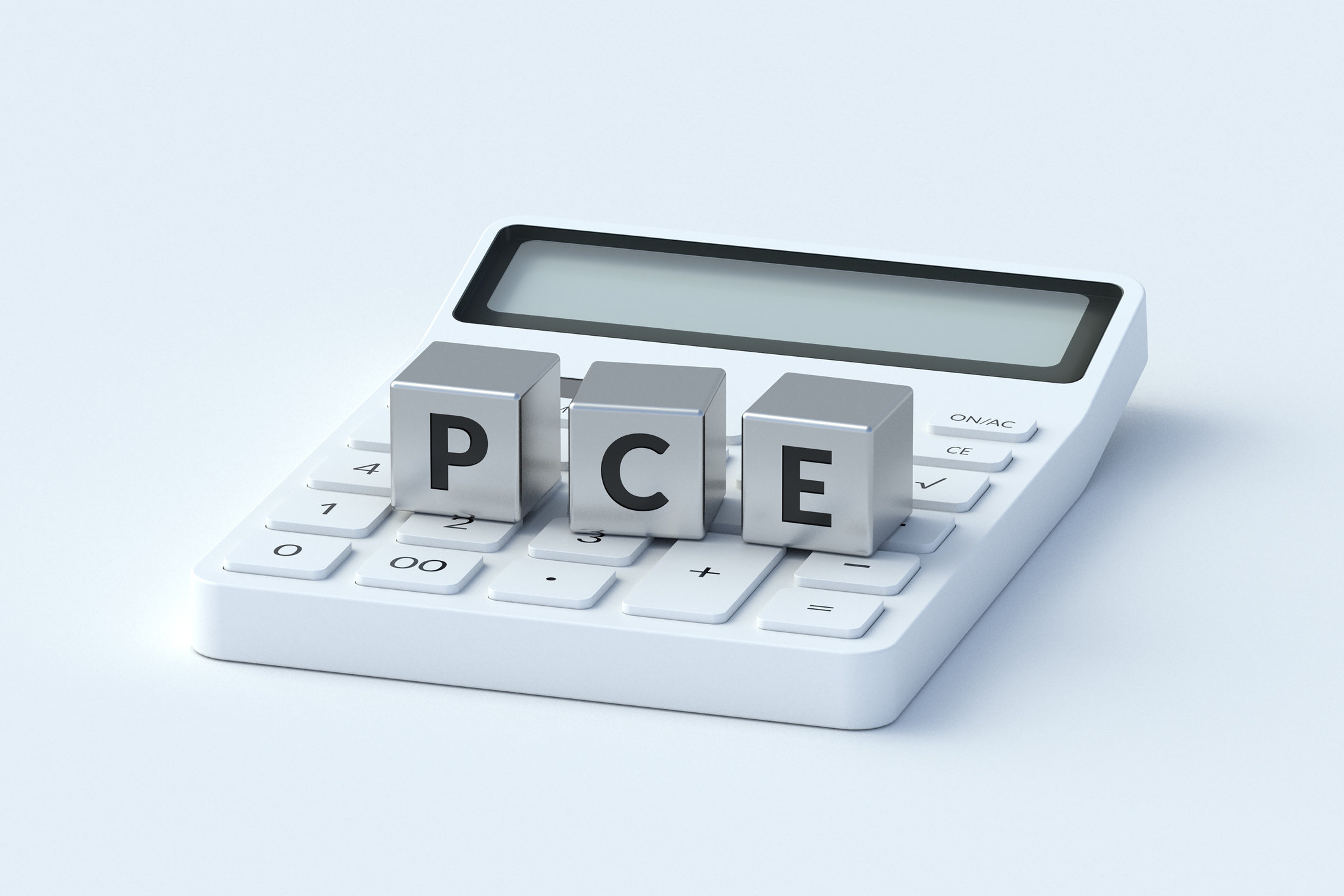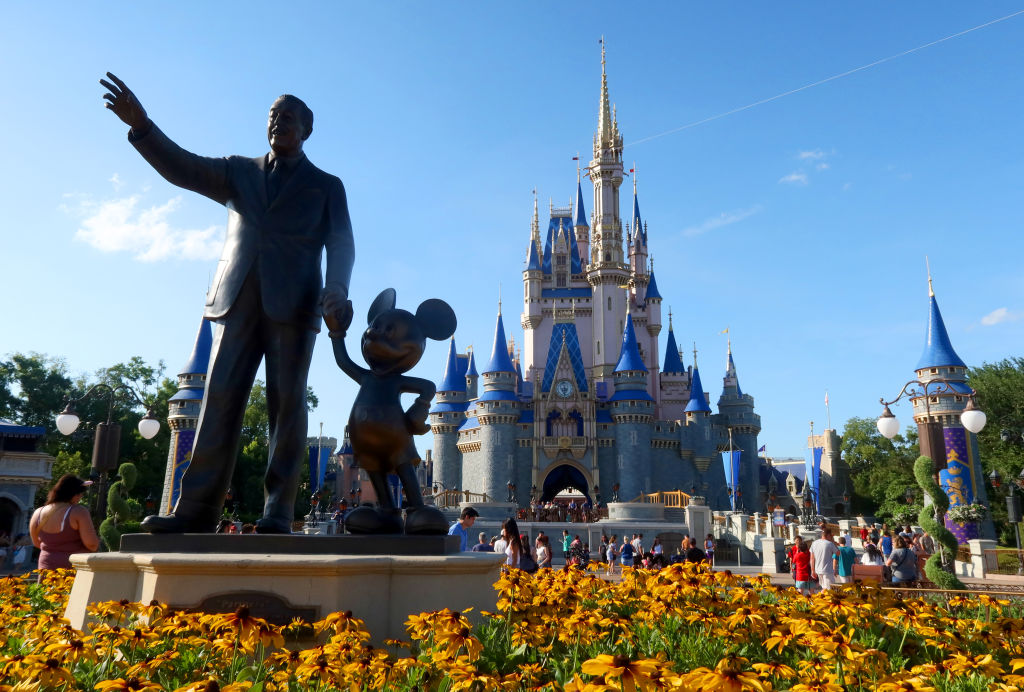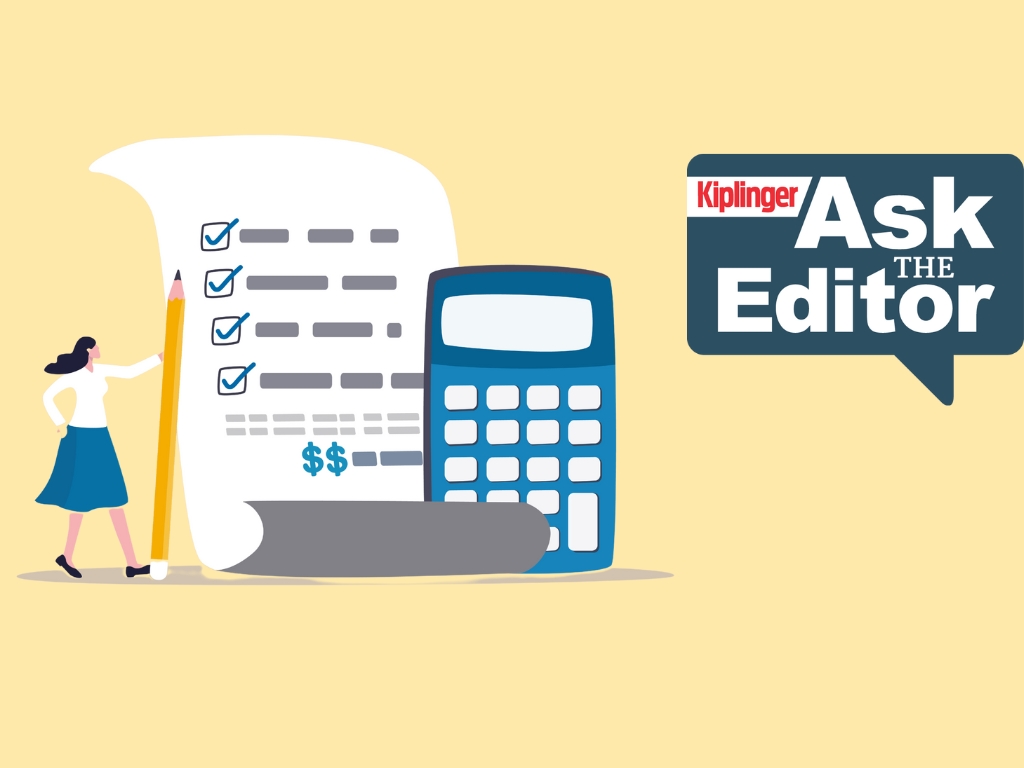Why Does the Fed Prefer PCE Over CPI?
Inflation has been top of mind for lots of folks in recent years. Most of Wall Street follows the CPI, but the Fed favors the PCE. Here's why.


The Personal Consumption Expenditures Price Index (PCE), the Federal Reserve's preferred inflation metric over the past 25 years, came in lower than expected recently, encouraging news for Wall Street.
According to the Bureau of Economic Analysis, July's PCE inflation figure was up 2.6% year over year, in line with the median 2.6% increase expected by economists and well above the Fed's 2% target.
More recent data on inflation also painted a similar picture. Specifically, the July Consumer Price Index (CPI) arrived in line with estimates and suggested a moderate impact from President Donald Trump's tariff policies.
From just $107.88 $24.99 for Kiplinger Personal Finance
Become a smarter, better informed investor. Subscribe from just $107.88 $24.99, plus get up to 4 Special Issues

Sign up for Kiplinger’s Free Newsletters
Profit and prosper with the best of expert advice on investing, taxes, retirement, personal finance and more - straight to your e-mail.
Profit and prosper with the best of expert advice - straight to your e-mail.
Having these multiple reports on inflation may have some folks wondering what the difference is between PCE and the more commonly quoted CPI.
More importantly, there may be some market participants unsure as to why the Fed prefers the PCE over other inflation metrics, such as CPI, as it has done since 2000 when former Federal Reserve Chair Alan Greenspan made the PCE the Fed's preferred inflation gauge.
To understand why, let's dig into the details.
Why does the Fed use PCE instead of CPI?

CPI and PCE inflation tend to be pretty similar. However, there are a few noteworthy differences in what is included in the indexes, how things are weighted and how each index adjusts for real-world changes.
The Consumer Price Index measures out-of-pocket expenses for urban consumers on a fixed basket of goods and services. These include basics such as food, rent and gas.
The Personal Consumption Expenditures Price Index casts the net a little wider to include spending on behalf of American households by others. This means things such as employer-paid health insurance or Medicare and Medicaid benefits. As such, you could argue that the PCE gives a generally more complete picture of inflation.
This is one reason the Federal Reserve prefers the PCE over the CPI. It includes a wider assortment of items covering a larger percentage of the U.S. population.
While the CPI and PCE generally trend in the same direction, there can be some significant differences due to the weightings of items.
For example, housing accounts for a massive 33% of the CPI but only 15% of the PCE. Part of this is because the CPI focuses on urban consumers, whereas the PCE includes rural populations , whose housing tends to be cheaper.
This doesn't mean one is "right" or the other is "wrong." But to understand and interpret either, you need to know what's included in the numbers. The Fed has taken the view that the PCE's weightings are more reflective of the day-to-day reality of the typical American.
Most important perhaps is that there is a major difference in the way the two inflation metrics are calculated. The CPI uses a fixed basket of goods and services, which assumes that people buy the same things every month. It makes no allowance for behavior changes due to rising prices.
The PCE, meanwhile, uses a chained index. This accounts for how Americans substitute goods when prices change. For example, if chicken gets unusually expensive due to a bird flu outbreak, beef or pork might be comparatively cheaper.
This might encourage folks to shy away from chicken and opt for a lower-priced alternative instead.
Because the PCE reflects (or attempts to reflect) real-world spending changes, it tends to report lower and smoother inflation.
Does this mean the Fed is "cheating" by cherry-picking an inflation metric that is often lower?
Not at all.
The Fed wants to avoid getting distracted by the noise and focus on real trends.
Returning to the chicken example, the soaring price of chicken and eggs in the United States isn't due to inflation, per se. It's due to a nasty avian pandemic that is reducing the chicken population. It's a supply shock, not a demand-based surge brought on by excessively loose monetary policy.
But if food prices are rising in general, that's a different story. That would be a sign of real, systemic inflation. The PCE inflation gauge does a better job of communicating this real, systemic inflation to the Fed's policymakers.
The bottom line on PCE

Is the Fed "right" to use PCE inflation?
That's open to debate. But of the major inflation indexes tracked today, the PCE's broad product and geographic focus and its attempts to model real-world spending changes make it a worthy choice for the Fed.
Related content
Profit and prosper with the best of Kiplinger's advice on investing, taxes, retirement, personal finance and much more. Delivered daily. Enter your email in the box and click Sign Me Up.

Charles Lewis Sizemore, CFA is the Chief Investment Officer of Sizemore Capital Management LLC, a registered investment advisor based in Dallas, Texas, where he specializes in dividend-focused portfolios and in building alternative allocations with minimal correlation to the stock market.
-
 Nasdaq Leads as Tech Stages Late-Week Comeback: Stock Market Today
Nasdaq Leads as Tech Stages Late-Week Comeback: Stock Market TodayOracle stock boosted the tech sector on Friday after the company became co-owner of TikTok's U.S. operations.
-
 Disney’s Risky Acceptance of AI Videos
Disney’s Risky Acceptance of AI VideosThe Kiplinger Letter Disney will let fans run wild with AI-generated videos of its top characters. The move highlights the uneasy partnership between AI companies and Hollywood.
-
 Ask the Editor: Itemized Deductions
Ask the Editor: Itemized DeductionsAsk the Editor In this week's Ask the Editor Q&A, Joy Taylor answers questions on itemized deductions claimed on Schedule A of Form 1040
-
 Nasdaq Leads as Tech Stages Late-Week Comeback: Stock Market Today
Nasdaq Leads as Tech Stages Late-Week Comeback: Stock Market TodayOracle stock boosted the tech sector on Friday after the company became co-owner of TikTok's U.S. operations.
-
 Are You Putting Yourself Last? The Cost Could Be Your Retirement Security
Are You Putting Yourself Last? The Cost Could Be Your Retirement SecurityIf you're part of the sandwich generation, it's critical that you don't let the needs of your aging parents come at the expense of your future.
-
 I'm an Insurance Pro: It's Time to Prepare for Natural Disasters Like They Could Happen to You
I'm an Insurance Pro: It's Time to Prepare for Natural Disasters Like They Could Happen to YouYou can no longer have the mindset that "that won't happen here." Because it absolutely could. As we head into 2026, consider making a disaster plan.
-
 The Future of Philanthropy Is Female: How Women Will Lead a New Era in Charitable Giving
The Future of Philanthropy Is Female: How Women Will Lead a New Era in Charitable GivingWomen will soon be in charge of trillions in charitable capital, through divorce, inheritance and their own investments. Here's how to use your share for good.
-
 Cooler Inflation Supports a Relief Rally: Stock Market Today
Cooler Inflation Supports a Relief Rally: Stock Market TodayInvestors, traders and speculators welcome much-better-than-hoped-for core CPI data on top of optimism-renewing AI earnings.
-
 The November CPI Report Is Out. Here's What It Means for Rising Prices
The November CPI Report Is Out. Here's What It Means for Rising PricesThe November CPI report came in lighter than expected, but the delayed data give an incomplete picture of inflation, say economists.
-
 5 Smart Things to Do With Your Year-End Bonus, From a Financial Professional
5 Smart Things to Do With Your Year-End Bonus, From a Financial ProfessionalAfter you indulge your urge to splurge on a treat, consider doing adult things with the extra cash, like paying down debt, but also setting up a "fun fund."
-
 Are You a Gen X Investor? Here's How You Can Protect Your Portfolio From an AI Bubble
Are You a Gen X Investor? Here's How You Can Protect Your Portfolio From an AI BubbleAmid talk of an AI bubble, what's the best course of action for investors in their 50s and 60s, whose retirement savings are at risk from major market declines?